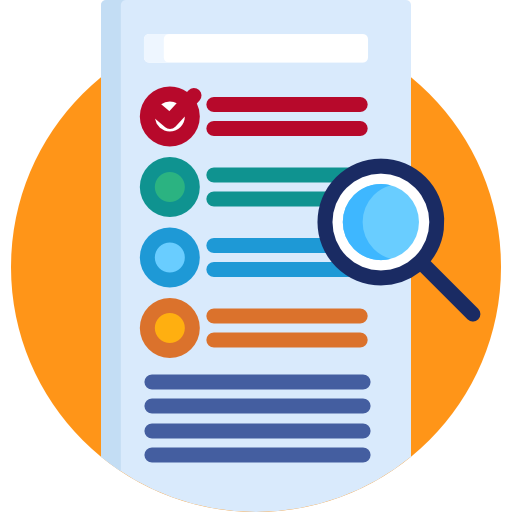Shopify SEO Basics & Introduction
Unlock the essentials of Shopify SEO to boost your store’s organic traffic and sales.
Whether you’ve just launched your online store or you’re looking to understand how to bring in more visitors organically, this guide will walk you through everything you need to know about Shopify SEO from the ground up. No fluff. No jargon. Just real-world advice tailored specifically for Shopify store owners.
What Is Shopify SEO — And Why Does It Matter?
Shopify SEO services refers to the practice of improving your Shopify store’s visibility in search engines like Google and Bing. It’s about making sure your products, collections, and pages show up when potential customers search online.
But here’s the thing — just having a beautiful Shopify store isn’t enough. If your target customers can’t find you on Google, you’re practically invisible.
That’s where SEO comes in.
Imagine someone searching for “eco-friendly yoga mats.” If you sell those, wouldn’t you want your store to be one of the top results? That’s the power of SEO — it brings in high-intent visitors without you spending a rupee on ads.
Start optimizing your Shopify SEO today and get found by more customers!
The Real Value of Shopify SEO
Many store owners focus solely on paid traffic — Google Ads, Facebook Ads, Instagram promotions. While those can bring fast traffic, they can also be expensive and unpredictable.
With SEO, you're investing in long-term, sustainable traffic. The kind that:
- Brings customers to your store around the clock
- Builds trust and credibility (people trust organic results more than ads)
- Increases your profit margins (because you're not paying per click)
It's not a magic switch, but with consistent effort, SEO can be one of your highest ROI channels.
Unique SEO Challenges with Shopify (And How to Handle Them)
Shopify is built for eCommerce — which means it's user-friendly, fast, and secure. That's great news.
owever, Shopify also has some built-in quirks that can impact SEO:
1. Fixed URL Structures
Shopify automatically uses certain paths like /products/ and /collections/. While not a deal-breaker, you don't have full control over your URL structure the way you might with platforms like WordPress.
Solution: Focus on optimizing product titles and collection names, since those appear in URLs. Keep them short, descriptive, and keyword-focused.
2. Duplicate Content Risks
Because of how product variants and tags work, Shopify can sometimes create multiple URLs with very similar or identical content — which search engines may penalize.
Solution: Use canonical tags to tell search engines which version of a page is the "master." Avoid creating unnecessary duplicate collections or tag pages.
3. Limited Access to Technical SEO Controls
You won't be editing server files or playing with core HTML in Shopify's backend — it's a more locked-down platform.
Solution: Use apps for advanced SEO tweaks (like editing your robots.txt or adding structured data) and focus on strong on-page SEO and quality content.
Shopify SEO: Core Pillars Every Store Needs
Let's break down the essential areas of Shopify SEO that every store owner — beginner or not — should understand.
1. On-Page SEO
This includes optimizing product titles, meta descriptions, URLs, and content on your Shopify pages. For example, writing compelling product descriptions using relevant keywords.
2. Technical SEO
Making sure your site is mobile-friendly, fast-loading, properly indexed by search engines, and has structured data (schema markup).
3. Off-Page SEO
Building high-quality backlinks from reputable websites to improve your domain authority.
4. Content Marketing
Creating blogs, guides, FAQs, and educational resources that target informational search intent and attract long-tail keyword traffic.
5. User Experience (UX)
Optimizing for better navigation, mobile responsiveness, and site structure to keep users engaged and reduce bounce rates.
Beginner Tips to Get Started with Shopify SEO
If you're new to Shopify SEO, don't worry — getting started is easier than it seems. With a few simple steps, you can make your store more visible on search engines and start attracting the right visitors.
Here are some beginner-friendly tips to help you lay a strong foundation:
- Do keyword research using tools like Google Keyword Planner or Ubersuggest
- Install an SEO app like Plug In SEO or Smart SEO
- Write unique, keyword-rich product descriptions
- Optimize your images for fast loading and alt text
- Use internal linking between blogs, products, and collection pages
- Submit your site to Google Search Console and monitor performance
Your Shopify SEO Journey Starts Here
SEO is not a one-time task—it's an ongoing strategy. Whether you're just launching your Shopify store or looking to improve visibility, understanding the basics is the first step toward long-term success.
Once you've mastered the fundamentals, you can dive deeper into more advanced strategies like link building, structured data, and international SEO—all of which we cover in the next parts of our Shopify SEO series.
Let’s Talk About Your Shopify Store
Tired of being buried in search results or spending money on ads that don’t convert. Let’s start getting your store the traffic it deserves.





